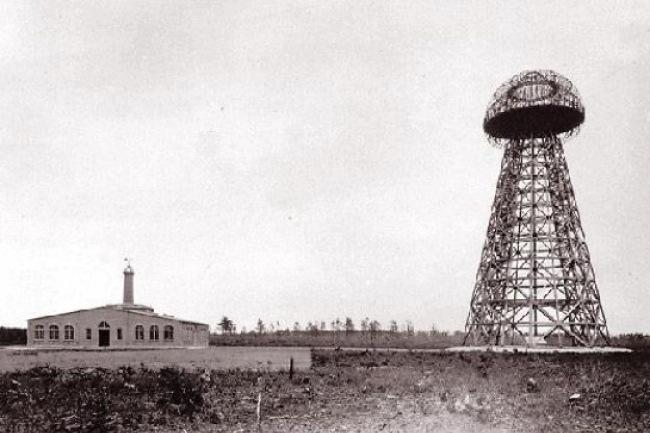
Original article: Matthew Inman, the lone man behind the comics of The Oatmeal, is at it again on the crowdfunding platform IndieGoGo. This time Inman is asking for contributions that will go into securing the site of Nikola Tesla’s final laboratory in Shoreham, New York, for the future development of a Tesla museum. As of today, Inman has more surpassed his $850,000 goal and cracked the $1 million mark.
Nikola Tesla was many things. He was an inventor, an engineer, physicist, and most notably a futurist, who paved the way for modern technologies that we take for granted, including wireless communication and radio, and alternating current systems. We also Tesla to thank for other nifty inventions like the Tesla coil, which sends visible high-voltage sparks shooting into the air. Today he’s a cultural icon.
In the early 1900s, that Tesla attempted to construct a tower adjoining his laboratory, which would in theory generate electricity and wirelessly transmit it to the world. The tower ultimately failed despite its construction due to two factors. First, Tesla’s initial attempts at transmitting electricity failed due to insufficient experimentation. Second, the Panic of 1910 froze investment in his projects from J. Pierpont Morgan (founder of investment bank, J.P. Morgan). Tesla’s project was indefinitely halted and the site was sold off to George Boldt, proprietor of the Waldof-Astoria, for $20,000 ($400,000 in today’s value) to pay off his overdue rent. The site’s new owners destroyed the tower in 1917 for scrap.
The Long Island science organization has long sought to transform the property into a Tesla museum, while other interested buyers plan to raze the structures and redevelop it. Its current owner, Agfa Corporation, wants $1.6 million for the property. At the site, only the laboratory remains.
Inman’s original goal of $850,000 would buy just half of the cost of the property, but the state of New York has agreed to match contributions, bringing total funds up to $1.7 million. Raising the capital to build a museum from the property will be another cost, but from the looks of it, with 36 days left and having already surpassed the $1 million mark, there should be funds to spare.
You can check out a video of the inside of Wardenclyffe below. Note that the footage taken was the result of individual trespassing and breaking into the laboratory, but it will give you good idea of what the building looks like.
(This article was originally published on August 25, 2012)


